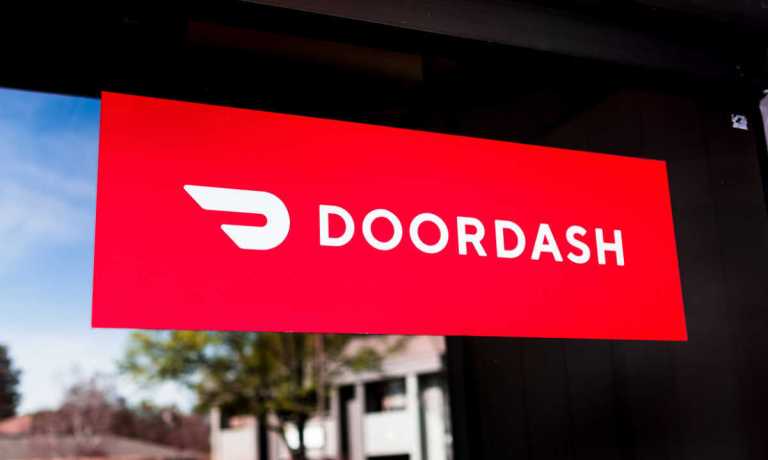
DoorDash is the latest casualty of surging costs and changing consumer tastes.
As reported Wednesday (Nov. 30), the food delivery aggregator said it was laying off 1,250 staffers, which equates to about 14% of its worldwide roster.
In the announcement posted on its site, CEO Tony Xu noted that the move is one designed to reduce operating expenses which, “if left unabated, would continue to outgrow our revenue.”
And with a nod to the overall macro climate, Xu wrote, “Our business has been more resilient than other ecommerce companies, but we too are not immune to the external challenges and growth has tapered vs our pandemic growth rate.”
Tech firms that have promised to be disruptive to the restaurant industry, and in turn are finding themselves disrupted.
Long-Term Headwinds
The headwinds buffeting the aggregators may last a while.
Recent PYMNTS studies have found that orders using delivery aggregators are a relatively small slice of restaurant-related commerce. Almost 4 in 10 consumers used a food aggregator to place an order over the last six months, we reported in September, but aggregators represented only 2.5% of restaurant transactions. This is below the 10% completed through restaurant-specific apps or sites.
DoorDash’s belt-tightening is not an isolated incident. And as PYMNTS noted just this week, food delivery services around the world are pulling out of regions and cutting staff. In just a few examples, Just Eat Takeaway.com subsidiary Menulog is laying off staff in Australia. Elsewhere, United Kingdom-based aggregator Deliveroo has exited Australia.
The holiday season will offer no respite. In research from PYMNTS/Lending Club recent joint study “New Reality Check: The Paycheck-To-Paycheck Report — The Holiday Shopping Edition,” 29% of consumers will spend less on restaurant purchases this season than they did last year. That does not bode well for the aggregators. Conversely, fewer consumers, at 17%, will spend less on groceries, with about 80% stating that they will spend the same or more on those staples. Given the fact that so many of us live in the paycheck-to-paycheck economy, the dollars to be allocated to the act of filling one’s stomach are finite, and here we see that there’s a shift from restaurants to groceries.
Since the aggregators are, essentially, all in on food delivery (DoorDash has a B2B corporate event segment), they’re at the mercy of the consumer, in marked contrast to platforms such as Uber, which has a wealth of cross-selling activities (ride hailing and Uber Eats and freight) that can keep revenues resilient and drivers on the road.
There’s another pivot in the works, too. Consumers are becoming more enthusiastic about getting in their own cars and picking up their retail orders — the great reopening proves a breath of fresh air, of sorts. The impact will be felt by the aggregators who’ve relied on us staying home and clicking through menus.